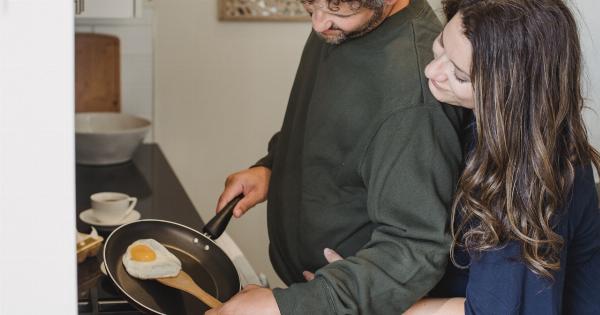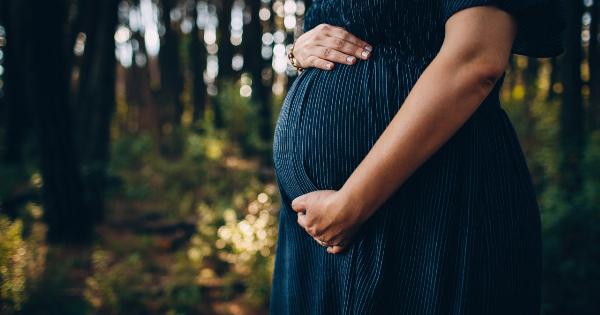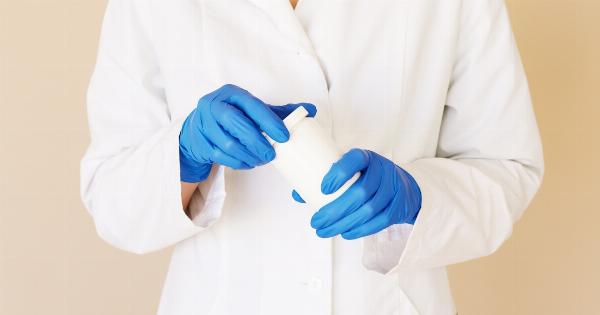As women age, their fertility declines. This is a natural biological process that affects most women.
However, advances in technology have made it possible for women to preserve their eggs, allowing them to conceive even after their biological clock has ticked its last tock.
What is Egg Preservation?
Egg preservation, also known as oocyte cryopreservation, is the process of freezing a woman’s eggs for future use.
The eggs are harvested through a process called controlled ovarian hyperstimulation, where hormones are used to stimulate the ovaries to produce multiple eggs, which are then retrieved and frozen.
Who can Benefit from Egg Preservation?
Women who wish to delay childbearing due to personal, professional, or medical reasons can benefit from egg preservation. Medical reasons include cancer treatments that can damage the ovaries, as well as genetic conditions that can affect fertility.
Egg preservation can also benefit women who are at risk of premature menopause due to their family history or other medical conditions.
The Benefits of Egg Preservation for Women
The benefits of egg preservation for women are numerous. Firstly, it provides them with the freedom to prioritize their career, education, or personal goals without worrying about the ticking of their biological clock.
Women who have frozen their eggs can start a family when they are ready, without feeling the pressure of societal and familial expectations and timelines. Egg preservation also offers women the opportunity to have multiple children without having to undergo invasive fertility treatments in the future.
The Process of Egg Preservation
The process of egg preservation begins with a consultation with a specialist who will assess a woman’s fertility health.
The specialist will then develop a personalized treatment plan, including the use of hormones to stimulate the ovaries to produce multiple eggs.
Once the eggs are retrieved, they are flash-frozen using a process called vitrification, which preserves their quality and viability.
The frozen eggs can be stored for many years, and when the woman is ready to conceive, the eggs are thawed and fertilized with sperm, either from a partner or a sperm donor.
Are there any Risks Involved?
Like any medical procedure, egg preservation carries risks. The most common side effects include abdominal bloating, cramping, and mood changes, which are usually mild and go away on their own.
Rarely, egg retrieval can result in bleeding, infection, or damage to the ovaries.
There is also a small risk of the eggs not surviving the thawing process or not resulting in a viable pregnancy. However, advancements in technology have significantly improved the success rates of egg preservation.
The success rate of egg preservation depends on several factors, including the quality, quantity, and age of the eggs at the time of preservation.
The Cost of Egg Preservation
Egg preservation can be an expensive process, costing thousands of dollars. The cost includes consultations, medications, egg retrieval, and storage fees. Insurance coverage varies, and in most cases, patients have to pay out-of-pocket.
Conclusion
Egg preservation is a game-changer for women who wish to delay childbearing and take control of their fertility. It offers them the freedom to prioritize other areas of their lives without feeling the societal pressure of timelines.
The process of egg preservation is safe, and with advancements in technology, more and more women are choosing to preserve their eggs for future use.




























